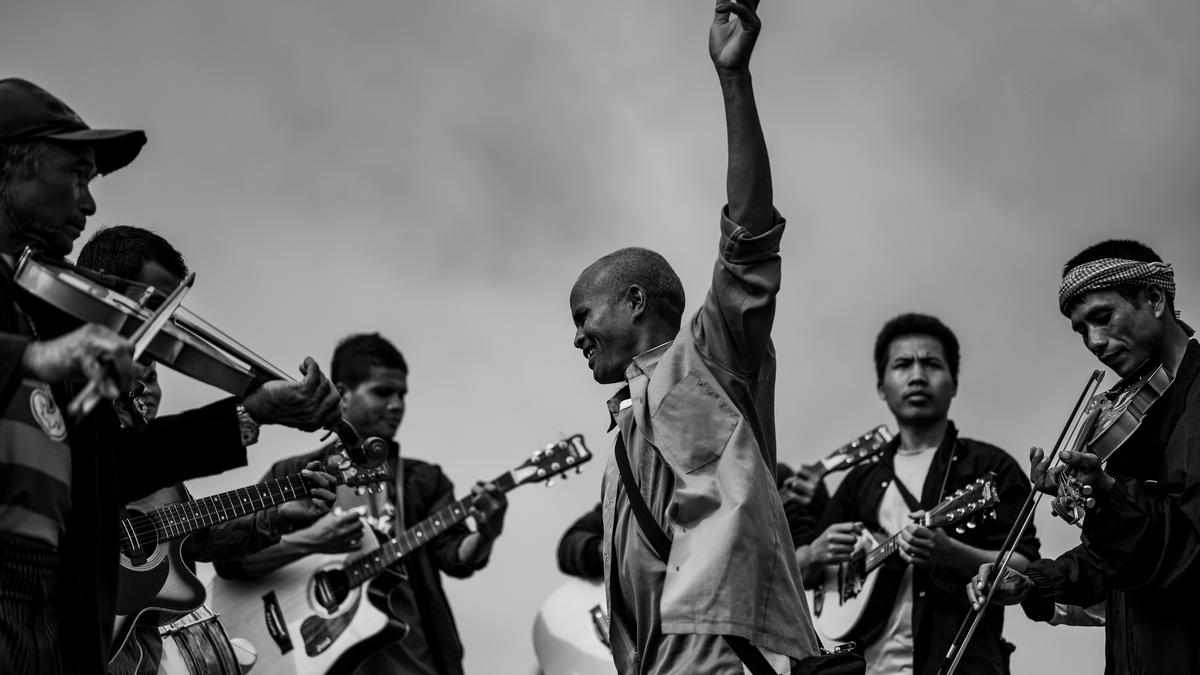
When Meghalaya sings | Anurag Banerjee’s ‘The Songs of Our People’ documents his homeland through its musicians
The Hindu
Photographer Anurag Banerjee’s The Songs of Our People attempts to capture the state’s history and vibrancy through its musicians — urban and indigenous
The best documentary photographers can make sounds and smells come alive in their frames. Anurag Banerjee, 32, is an eloquent cultural chronicler, and his latest book, The Songs of Our People, is a visual cornucopia of sounds.
A Shillong boy, the Mumbai-based photographer grew up listening to Meghalaya’s diverse musical traditions — from indigenous stories to rock, reggae and rap. The book chronicles his State’s musicians, and how their music reflects identities, histories, grief as well as hope and the power of community and belonging.
Made with a grant from Meghalayan Age Limited, an initiative by the State government to support and mobilise projects about the State’s culture and society, Banerjee’s choice to shoot, write and produce this book arose out of a desire to know his home state better. “In the years I have spent outside Shillong, the first comment that people would make upon finding out where I was from would invariably revolve around music,” he says. So, when he wanted to immerse himself in the place he knew as home, he chose to do so through Shillong’s musicians — who sing in English as well as a variety of local dialects such as Khasi, Garo and Pnar.
Shillong beyond its Bob Dylan fandom
“The idea for the book coincided with people across the country taking to the streets at the end of 2019 for what has now come to be known as ‘the citizenship protests’. Since genres like hip-hop and R&B have their roots in protest and people’s movements, I gravitated to the same in my hometown,” Banerjee says. It took him eight months to finish the many photshoots, and he wrote the book over the next few years.
Banerjee covers a swathe of musicians with a similar dedication to Meghalaya’s creative language and identity. He hung out with them at gigs, practice and even in their homes, before choosing 19 (curated on the basis of access and individual points of view) for the book.
Not knowing the local dialects well was a limitation, but employing translators helped. And while he agrees the representation of artistes isn’t exhaustive, he sees “this as a first of many books” — the subsequent volumes including more musicians and stories from culturally-rich Meghalaya.











